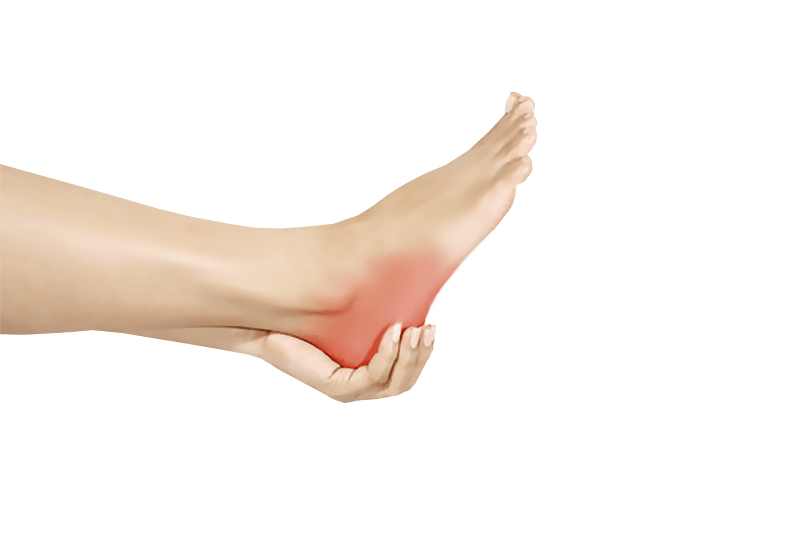Heel Spur: Different Types Explained
Bone spurs are common. They can develop on all bones including the heel. These spurs are known as, heel or calcaneal spurs. The risk of developing heel spurs increases with age. They can cause two common conditions; heel spur syndrome and insertional Achilles tendonitis. In fact, the medical name for these bone spurs is enthesophytes.
Heel Spur Syndrome
Heel spur syndrome is a bony protrusion on the heel. They form where the fascia connects to the heel bone. The fascia is a fibrous tissue that runs along the sole of the foot. Spurs are hooked-shape and grow in the direction of the fascia. Heel spurs develop as a result of stress such as:
- Overstretching the plantar fascia
- Straining foot ligaments
- Foot muscle strains
- Repeated tearing of the heel bone lining
Most heel spurs do not cause pain. Only 5% of people report foot pain. However, most common in athletes. Specifically, sports that involve running and jumping. Old age, obesity, and osteoarthritis also increase your risk.
Insertional Achilles Tendonitis
This condition affects the back of the heel. This is where the Achilles tendon meets the heel bone. The bone spur grows around the tendon at the attachment point. It can irritate the tendon causing damage and pain. Any inflammation of the tendon can also cause calcification. This hardens the tendon and restricts movement. It also causes severe pain with and without movement.
Increased age and decreased ankle movement contribute to this condition. However, It typically develops in the 40s, 50s, and 60s. Furthermore, it also develops gradually, and not as a result of trauma. Pain is often exacerbated by jumping and running. Climbing stairs can also increase inflammation. It is important though to differentiate this from non-insertional Achilles tendonitis. In fact, it’s easy, since this condition causes pain in the calf and not the heel.
If you are experiencing heel pain, call us at 888-409-8006.

